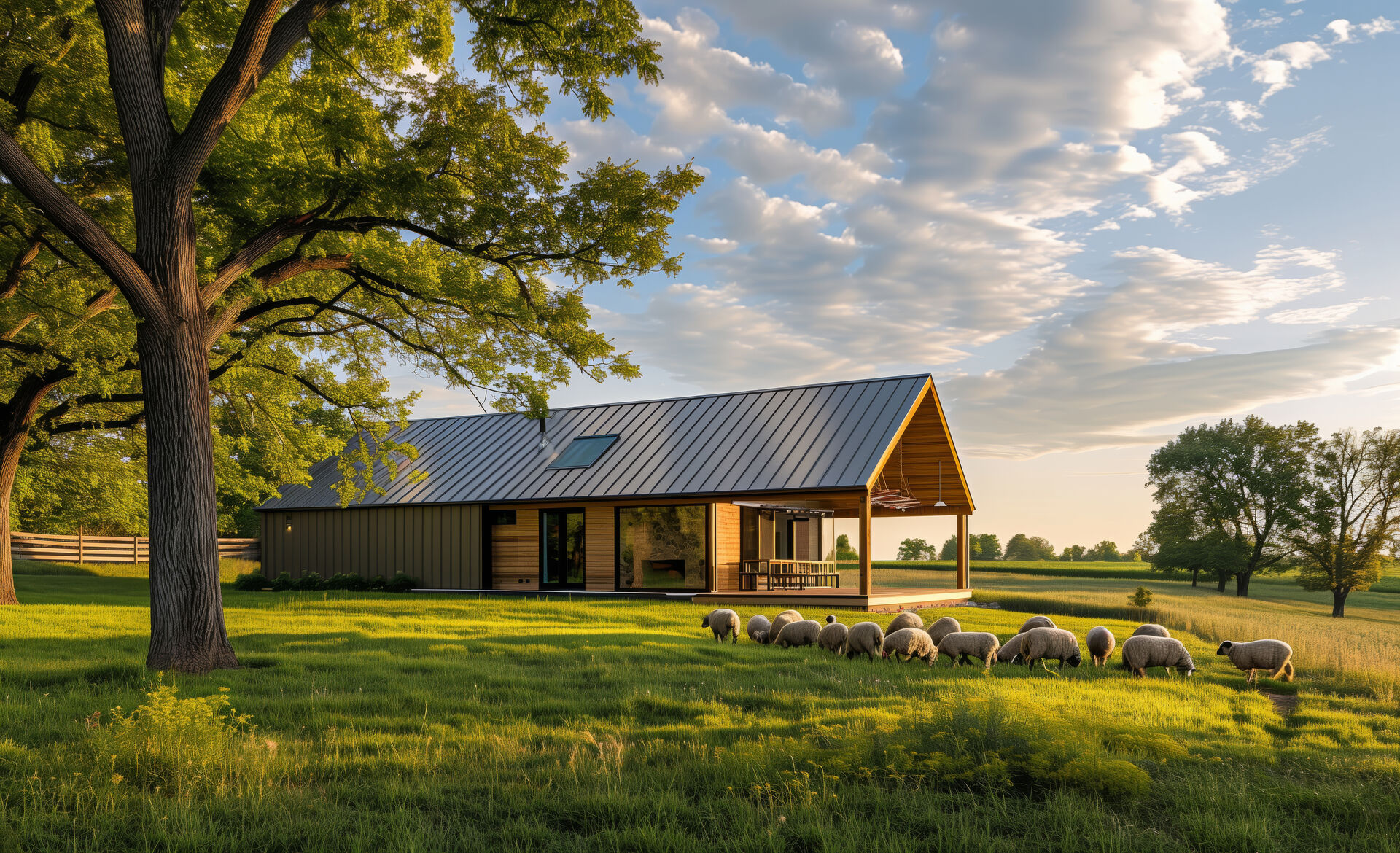What is a
Passive House?
A Passive House, also known as Passivhaus, is the world's leading standard in energy-efficient construction. Originating from Germany, the Passive House concept is not a brand or product but a rigorous building standard that ensures affordable homes with exceptional indoor comfort and significant energy savings.
The Benefits of
Passive Houses
Passive Houses are designed, constructed, insulated, and ventilated so efficiently that they require minimal heating and maintain a nearly constant internal temperature. They remain cool in the summer and warm during the coldest winters, such as those in Scotland. For individuals with allergies and asthma, Passive Houses offer the healthiest and most comfortable living environments. These homes have no draughts, cold spots, mold, condensation, or overheating. They maintain a constant supply of fresh, clean air with minimal energy usage.
Energy Efficiency
One of the most striking features of Passive Houses is their energy efficiency. They use approximately 75% less energy than the average new build. This remarkable reduction in energy consumption is not due to magic but a robust, science-based approach. Over 30 years of studies and testing have shown that Passive Houses deliver healthy, comfortable, and easy-to-heat homes with guaranteed performance and lasting quality.
How Does
a Passive House Work?
Instead of relying solely on eco-technologies to generate energy, Passive Houses focus on reducing the amount of energy required to operate a home in the first place. This 'fabric first' approach to energy efficiency means the building itself does most of the work. With super-insulated and airtight construction, Passive Houses require little energy to run because they are effectively sealed against the elements.
Key Principles of
Passive House Design
To achieve the Passive House standard, homes must integrate five key principles:
- Superior Insulation: High-quality insulation is wrapped around the home's entire shell, including the walls, roof, and floors. This creates a thermal envelope that reduces heat loss and maintains a comfortable indoor temperature throughout the year. Environmentally friendly insulation materials, such as wood fiber, sheep's wool, and cellulose, are often used.
- Airtight Construction: Creating an airtight building is crucial, with standards 15 times more demanding than minimum building regulations. Every potential air leak, such as gaps around doors, windows, electrical outlets, pipes, and lights, is sealed. This limits heat escape, reduces energy demand, and ensures no draughts, condensation, or cold spots.
- No Thermal Bridges: Thermal bridges are weak spots in insulation where heat can escape. Passive Houses are carefully designed to minimize these gaps, ensuring that warm air remains inside the home.
- High-Performance Windows: Windows are a critical component in achieving the Passive House standard. Triple-glazed windows are typically used, and their size and position are optimized to maximize natural light and heat.
- Ventilation System with Heat Recovery: An airtight Passive House requires mechanical ventilation with heat recovery system (MVHR). This system flushes out stale air and replaces it with fresh, filtered, and temperature-managed air. The heat exchanger in the MVHR ensures that incoming air is at nearly the same temperature as the outgoing air, improving indoor air quality and energy efficiency.
Why Choose a
Passive House?
Passive Houses offer unparalleled energy efficiency, comfort, and affordability. They allow for up to 90% savings in space heating and cooling compared to typical buildings and over 75% compared to average new builds. They use less than 1.5 liters of oil or 1.5 cubic meters of gas per square meter of living space annually, significantly less than common “low-energy” buildings. These homes efficiently utilize the sun, internal heat sources, and heat recovery, making conventional heating systems unnecessary even in the coldest winters. In warmer months, Passive Houses employ passive cooling techniques like strategic shading to stay cool.
The comfort level in Passive Houses is exceptionally high, with internal surface temperatures varying little from indoor air temperatures, even in extreme outdoor conditions. The combination of special windows and a highly insulated building envelope ensures that desired warmth stays inside, or unwanted heat stays out. Additionally, the ventilation system provides a constant supply of fresh air, resulting in superior air quality without unpleasant draughts. The highly efficient heat recovery unit reuses the heat from exhaust air, further enhancing the home's energy efficiency.
Choosing a Passive House means opting for a building standard that delivers energy efficiency, comfort, and affordability. It’s a proven construction concept that can be applied anywhere, offering a sustainable and high-quality living environment.



